Preparing and brewing coffee is an activity that is not just for professional green coffee purchasers. Anyone can make a cup of coffee in the comfort of their homes with a few simple processes and tools. In this article, you will learn about different key factors that significantly affect the taste and aroma of your very own coffee. And learn why these elements play a huge role in cupping your coffee at home.
Geography
They say that the most delicious coffee is the one that is the most complex. This is because complex flavors are the result of gradual maturation under the best possible conditions. Typically, the most optimal growing environment for coffee is at high-elevation, with sunny days and chilly nights. The world’s best coffee is grown approximately between the Tropic of Cancer in the north and the Tropic of Capricorn in the south.
Processing
The three main processes affecting the flavor of your coffee are:
-
Dry/Natural Process
Result: Fruity and Sweet
This is the least water-requiring process and is typical in dry climates. Since the use of water is minimal, this process requires heavier labor and is more prone to defects. Ripe cherries of coffee are dried thoroughly with their seeds still inside.
-
Honey Process
Result: Balanced and Juicy
In countries where water is relatively scarce, the honey process is a reliable way to produce coffee. The coffee cherries are placed inside a flotation tank for sorting before being depulped either by hand or a machine.

-
Washed Process
Result: Bright and Clean
Huge amounts of coffee are produced with this process using sufficient water. The coffee cherries are also placed in a flotation tank for sorting before being depulped by machine or hand. The seeds are soaked in the water for about 24 hours, allowing fermentation to break down the mucilage.
Variety
What makes coffee special is the numerous varieties that suit the wide taste ranges of tasters and enthusiasts. Outside Ethiopia, which is considered the birthplace of coffee, the very first variety to be cultivated was Typica. This variety went on to become popular among consumers across the globe and paved the way for other varieties of coffee to mutate. Other common varieties that are produced today include Bourbon, Catuai, SL28, as well as SL34.
Read more: Where Did Coffee Come From? A Brief History of Our Favorite Drink
Roasting

Roasting coffee is the final step that completes the meticulous process. This is why proper roasting serves as the final culmination of the many hands that helped bring decadent coffee to your cup.
It is beneficial to choose a coffee store or roaster that pays special attention to preserving the rawest flavors of coffee and adheres to ethical and environmentally friendly practices. Most coffee roasting procedures result in these two categories:
Read more: Specialty Coffee: Single Origin vs Blends
Conclusion
Drinking coffee is an activity that boosts your health and strengthens your connection with the people around you. If you are going to do it, why not enjoy the best-tasting coffee?
Always enjoy the freshest coffee with the people you love by trusting only businesses that truly know coffee. They help you contribute to a clean coffee industry and let you enjoy a cup anytime, anywhere.
If you are on the lookout for a specialty coffee roaster, check out Kunjani. We are a women-owned coffee shop and roaster that focuses on ethical practices from sourcing to roasting. Shop with us now!


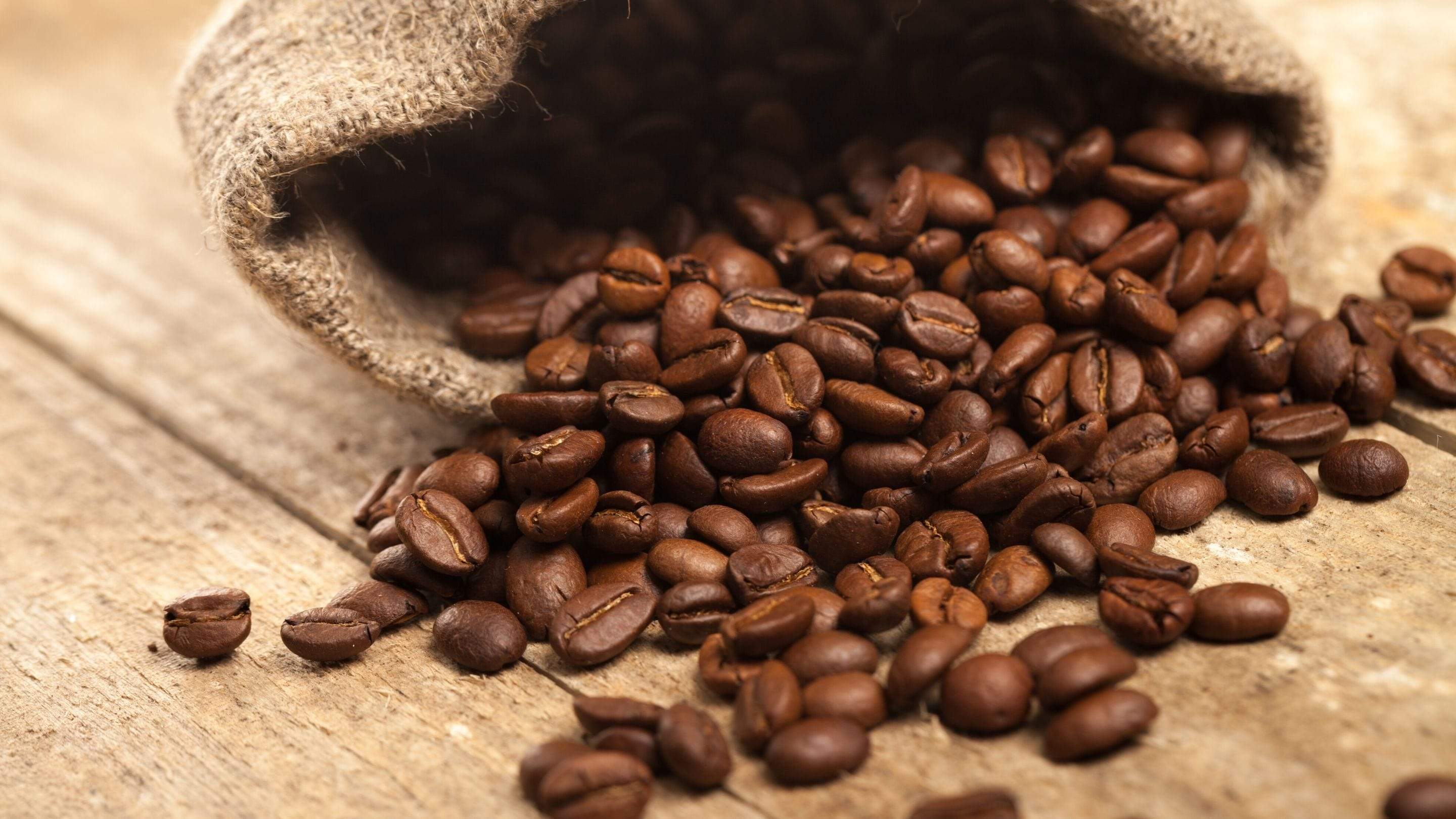
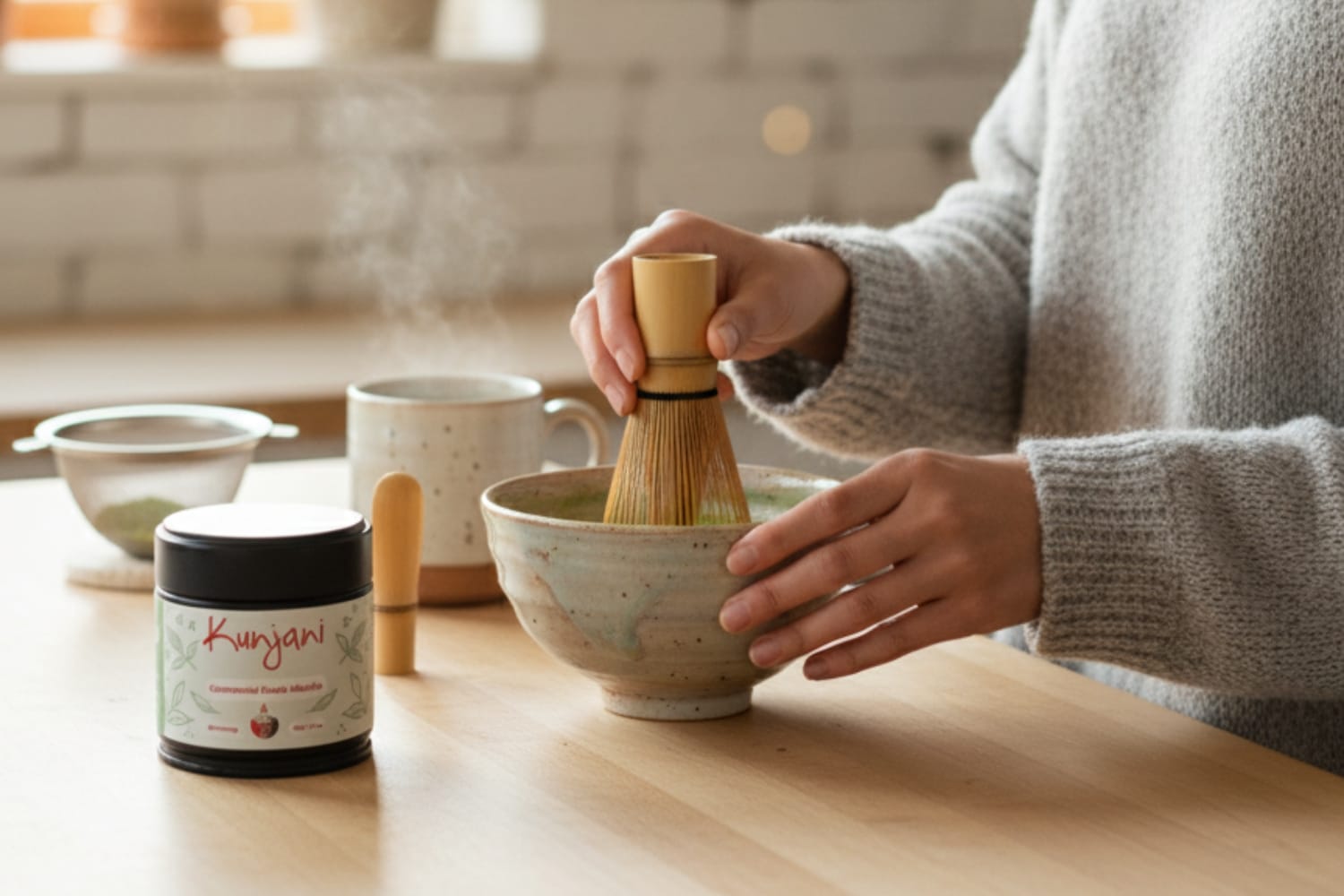

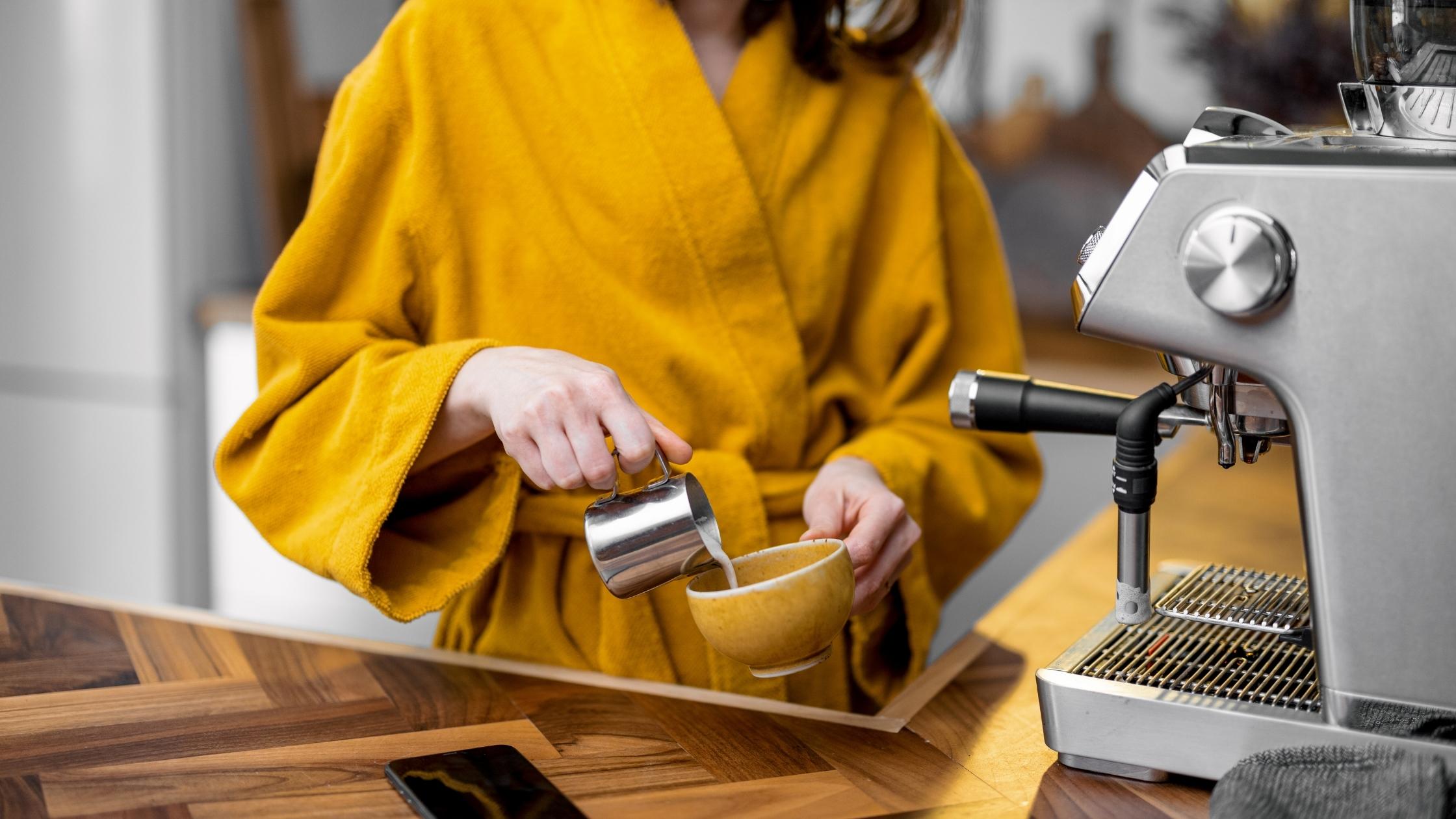
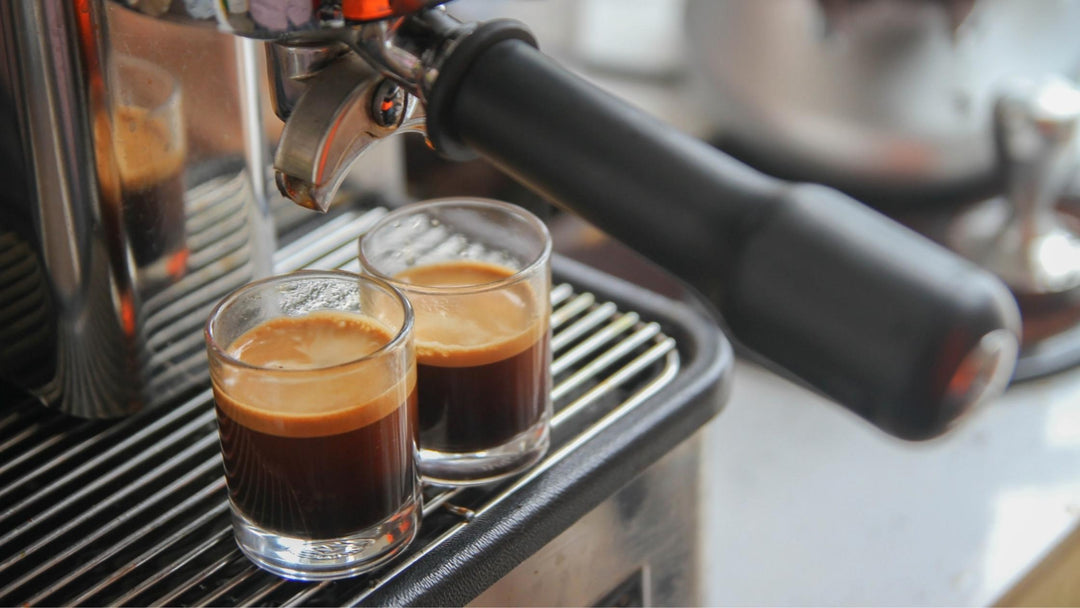

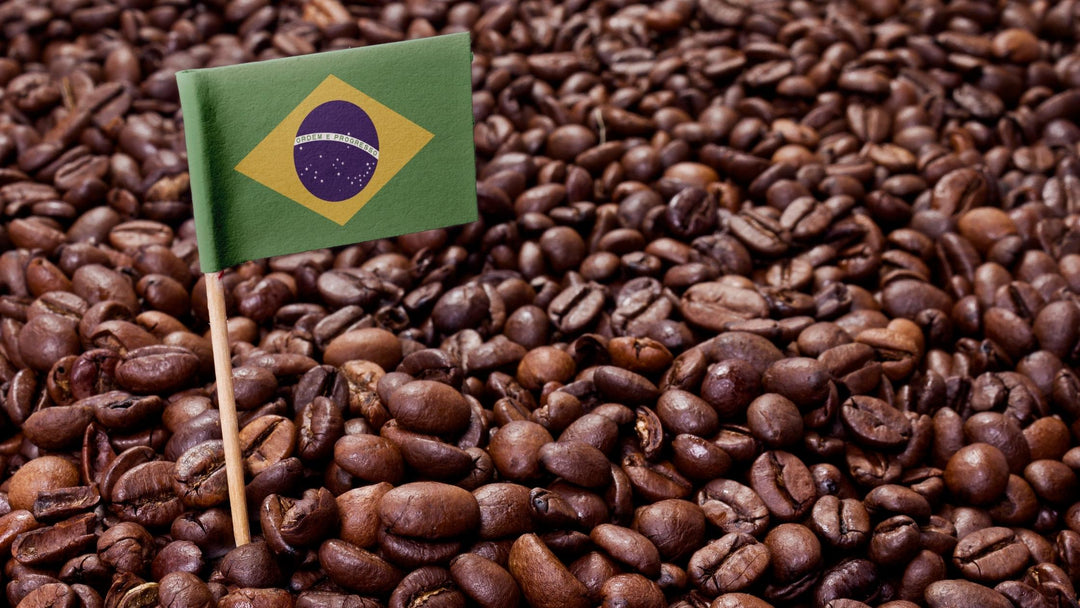

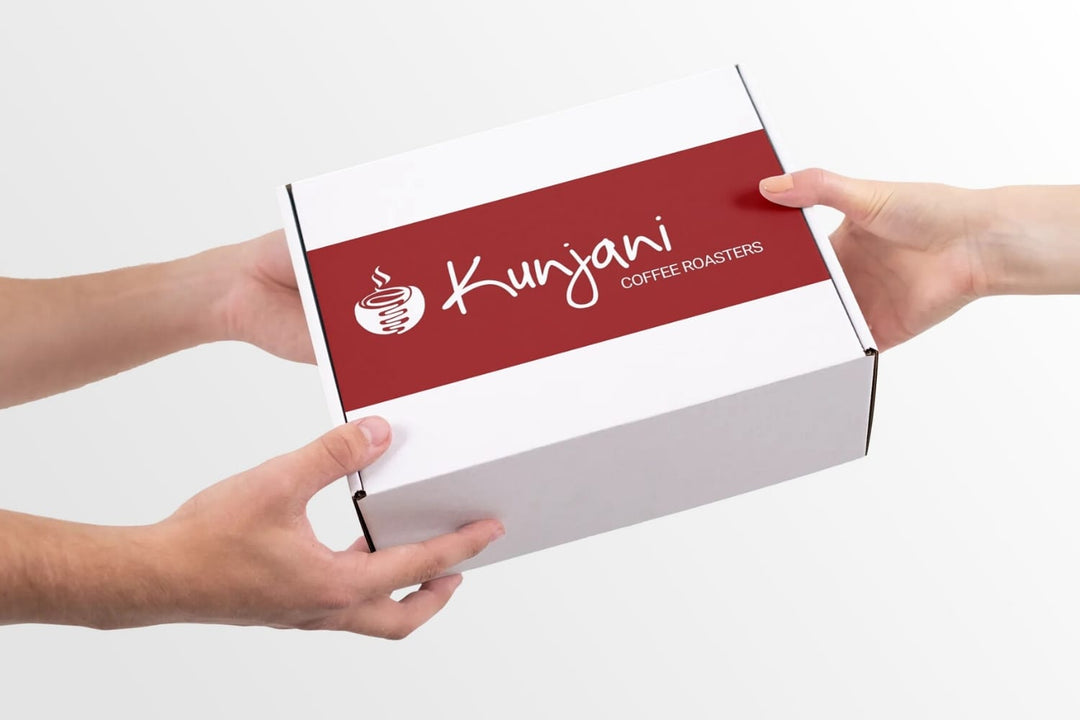
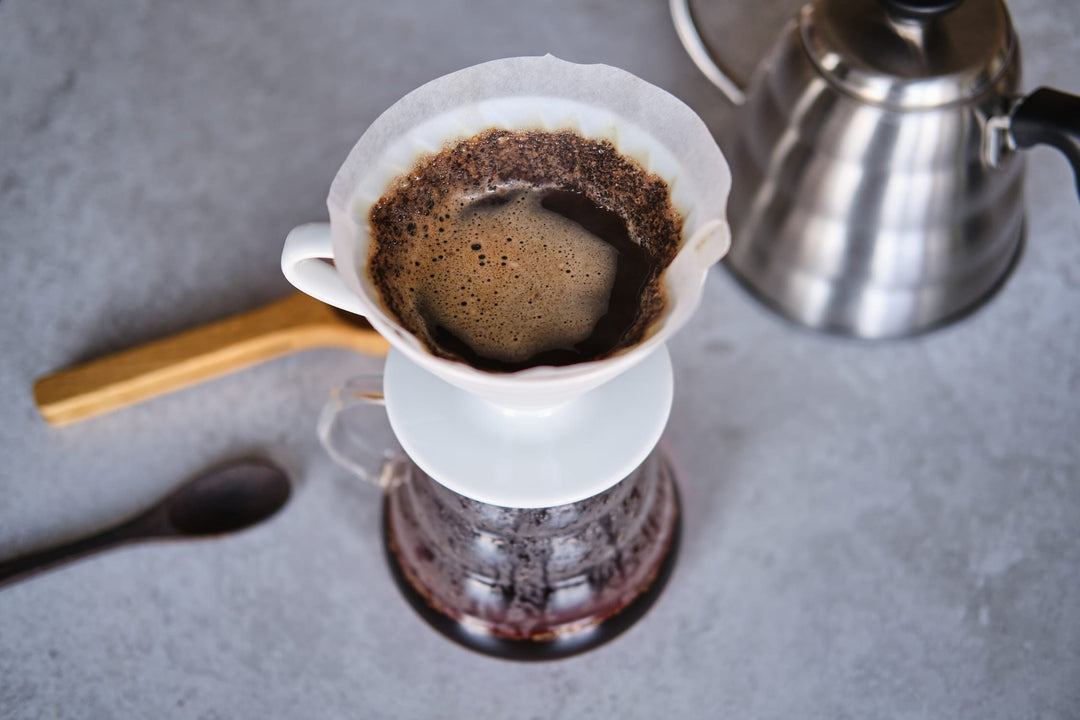
Leave a comment